On a number of occasions, I tried to draw attention to the impact of nature on the healthy development of children. Not only does it positively affect the development of the physical state and vitality of the organs, but it also helps in improving the psychological profile of each individual. Unfortunately, most people, stuck with their daily routine, do not find the time to deal with this issue. As an additional problem in Serbia, many do not have the (financial) means for such “experiments”.
This text is devoted to orienteering, an activity a bit neglected, forgotten and hidden in the shadow of commercial sports. The unpopularity of this beautiful sport is completely unearned, considering that it is an open-air activity, designed for all ages, it is fun, healthy and challenging. An additional plus is that it is not financially demanding, so anyone can do it. You just need a compass and running gear. That’s why I want to bring it closer to the parents as a suggestion for another way of properly engaging children.
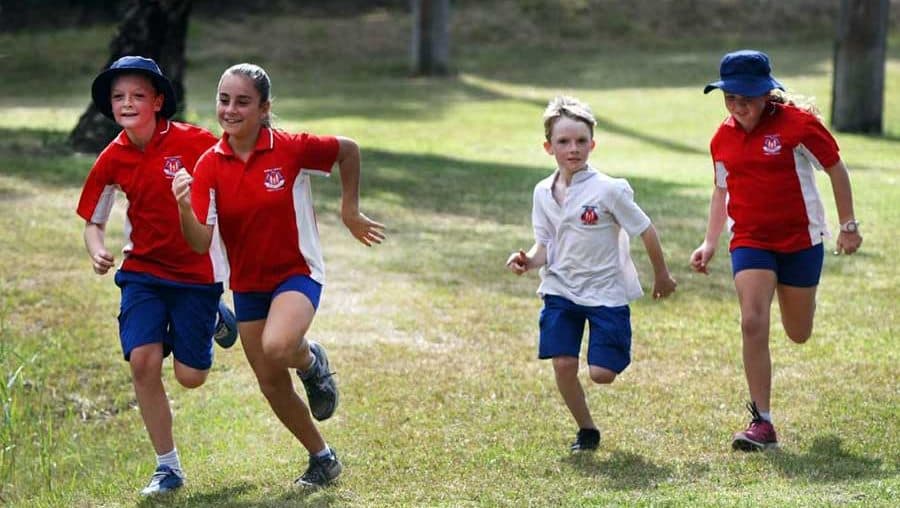
It originated in Scandinavia at the end of the last century, in Swedish military units. In Serbia, it developed after World War II, when the first competition on Fruška Gora was held.
Orienteering is a sport in which contestants strive to achieve the best possible result using a map and compass, resisting the pressure of other competitors and the difficulty of an unknown terrain. The aim is to find (in a predetermined order) all the control points scattered across the forest and the mountain, as fast as possible. As the terrain changes constantly, as well as the number and order of checkpoints, it gets interesting. Fully independently, the competitors plan their moves using physical skills, as well as the skills of orientation and decision making.
The fundamentals of orienteering
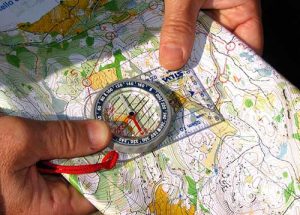
Compass – a navigation instrument that appeared in China a dozen centuries ago. Its basis is a magnetic needle whose red part always points to the north. There are several types of compasses and it does not matter which one you use, as long as you do it correctly.
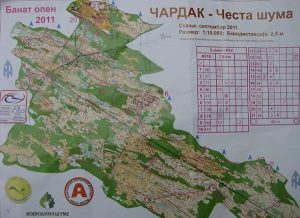
Map – These are specialized maps that are very precise, because they work in close proportions (e.g. 1: 5000). They are made just before the competition starts, using international symbols that are logical and easy to adopt.
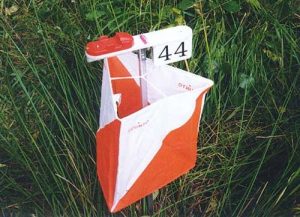
Checkpoint – a marked point on the map that a competitor needs to find as fast as possible. The purpose of the description is to provide the competitor with more precise information. It is marked with a violet colour and there is a certification of the contest card when you find the spot.
For more information and detailed rules, see the presentation of the Orienteering Federation of Serbia.
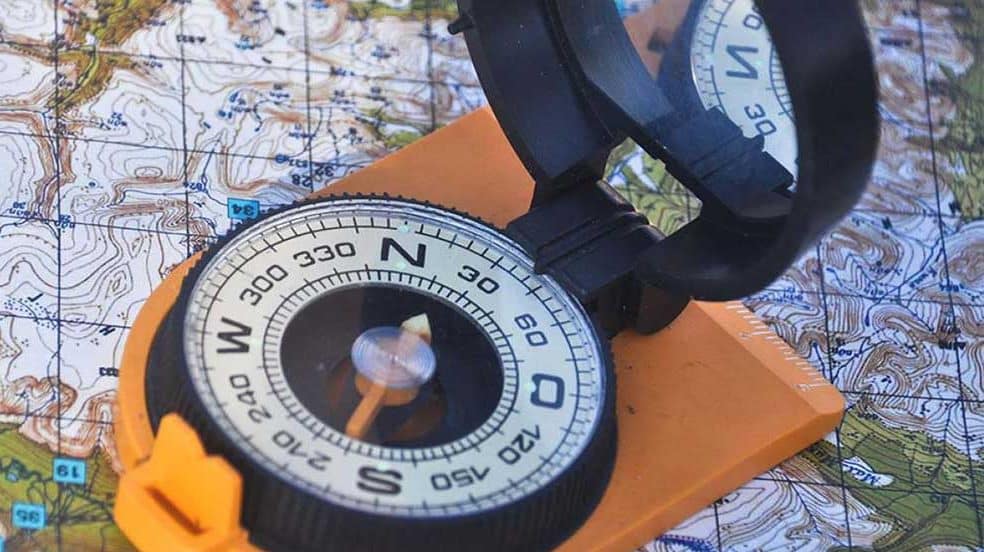
Orienteering significantly influences the development of young people. It also promotes healthy lifestyles and has a positive impact on the preservation of the environment. By exercising this extremely useful activity, kids improve overall physical fitness. But the greatest benefit is reflected in the time spent in the natural environment and the healthy development of psychological and social components, above all self-confidence, intelligence, decision-making skills and independence. Numerous foreign psychologists and sociologists have dealt with this topic and have come up with very interesting conclusions.
Benefits of Orienteering
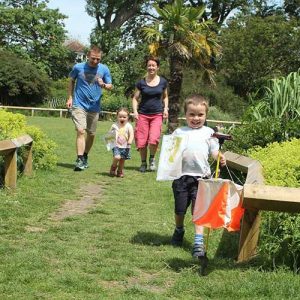
The balance between physical and mental state. The ultimate goal of anyone who practices orienteering is to establish a balance between physical and mental efforts through recognition of terrain complexity, distance, speed and successful route selection.
Learning self-confidence. Participants rely solely on their decisions and learn to stand behind them. Most orienteering competitions are individual, and even when they are team-based, competitors contribute to the progress of the team through their personal quality.
“Find tuning” decision making skills. This sport, obviously, offers the development of individual skills, navigation, decision making, making a plan on the go … Do you turn left or right? Do you go over or around the hill? Such decisions require thinking and decision-making that transcends feelings and instincts. That’s why orienteering is called sports thinking.
It stimulates stability under pressure. The decisions that are constantly made in the presence of others, which should provide an advantage in conditions of increased fatigue, help the participants to mentally strengthen and transfer this to everyday life circumstances.
Provides a considerable level of physical fitness. Orienteering terrains are mostly hilly, sparse and woody, providing an excellent basis for the proper development of muscles, lungs and heart.
Increases cardio-vascular capacity. Orienteering represents a handy combination of walking, running and hiking, whose benefits for health have already been written before. Each of these activities increases aerobic capacity and cardio-vascular strength.
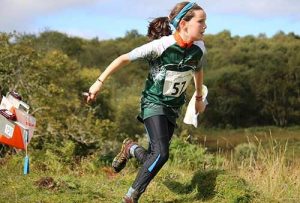
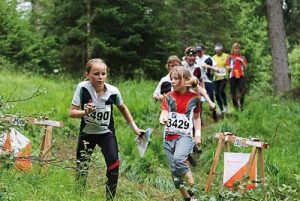
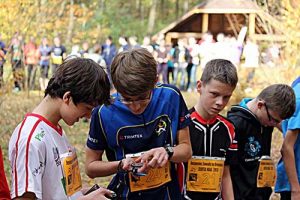
Increases time spent in nature. Being in nature provides numerous benefits: regulation of blood pressure, better immunity and absorption of vitamin D, reduction of ADHD disorders and depressive behaviour. When physical activity is added, we get the “right thing” for the proper development of children.
Increases self-esteem. It takes courage, endurance and mental stability to progress yourself through unknown areas, especially to overcome challenges in an unknown area like a forest or a mountain. This applies especially to those who live in cities. Every achieved goal in these circumstances increases self-esteem.
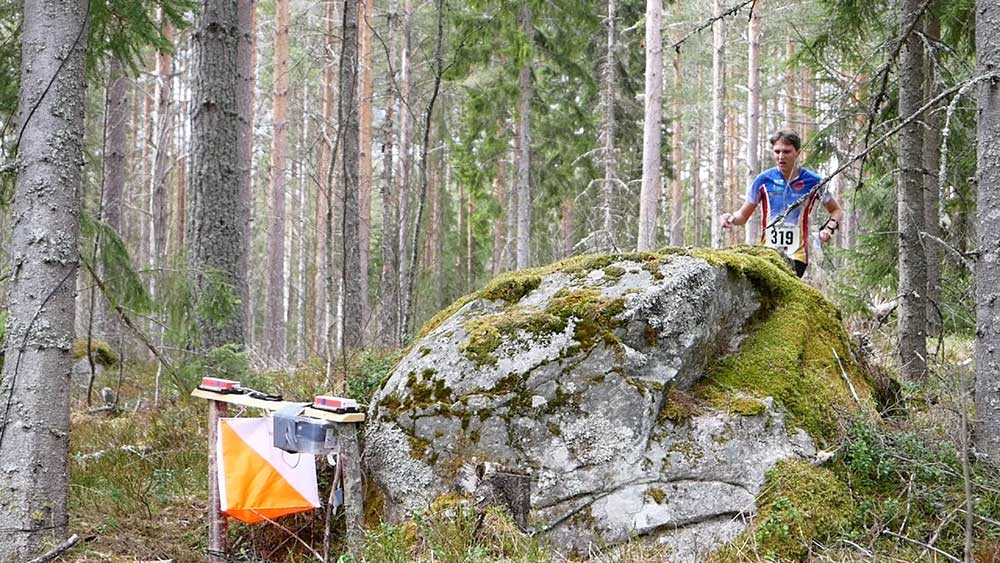

Leave a Reply